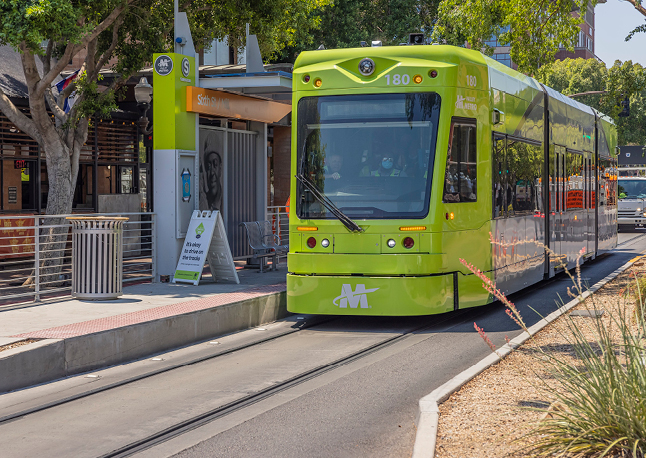Arizona’s Proposition 479 represents a pivotal investment in the future of transportation across Maricopa County. By extending the existing half-cent sales tax until 2045, this measure ensures continued funding for critical infrastructure improvements that will support a rapidly growing population and economy.
Since its inception in 1985, this dedicated funding source has played a vital role in shaping one of the most efficient transportation networks in the nation, allowing the greater Phoenix region to maintain an average commute time of just 30 minutes – a benchmark that surpasses other major metropolitan areas like Los Angeles, Chicago, Houston and Seattle.
Matthew Barkley, vice president and area manager, has demonstrated talent and passion for transportation in his home state of Arizona. Here, he discusses Proposition 479 and how STV can serve as a trusted partner for transportation enhancements.
1. What can we learn from Proposition 479’s impact on the community?
The benefits of this investment are extensive and measurable. The improvements planned under Prop 479 are projected to reduce afternoon commute times by a third and eliminate 51,000 hours of congestion on critical freight corridors daily.
Communities across the country are facing similar challenges as they plan for sustainable and technologically advanced mobility solutions. In regions experiencing rapid growth, planning for transportation infrastructure that is both efficient and adaptable requires leveraging emerging technologies and data-driven planning.
2. As one of STV’s transportation leaders, how have you seen this kind of work delivered in other parts of the United States?
STV has supported the integration of multimodal systems to improve traffic flow, optimize freight movement and logistics, and enhance safety on critical roadways. In similar investment plans, public agencies have increasingly explored more use of intelligent transportation system technologies, big data and sophisticated analytics to optimize project prioritization, budgeting and implementation, and emphasis on the “Safe Systems” approach that includes behavioral change, safer vehicles and infrastructure and improved emergency response.
3. What are the benefits of a “Safe Systems” approach for our communities?
Many agencies using a systems approach strive for sustainability and system resiliency, operational efficiency and lower maintenance costs over time.
The ability to harness real-time data and analytics in planning supports our communities in integrating multimodal solutions that meet today’s needs and anticipate future challenges.








